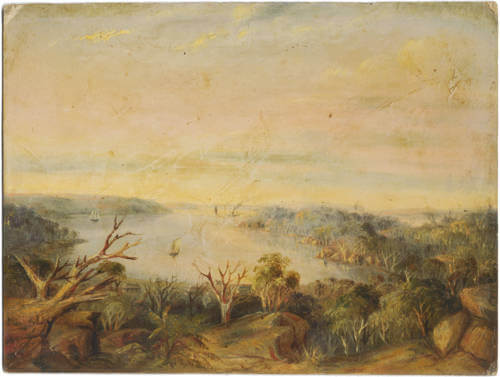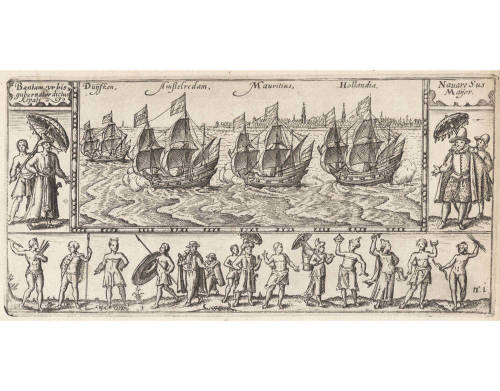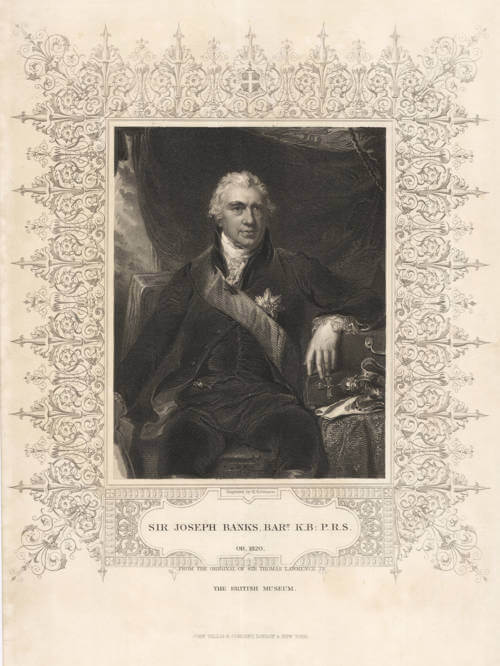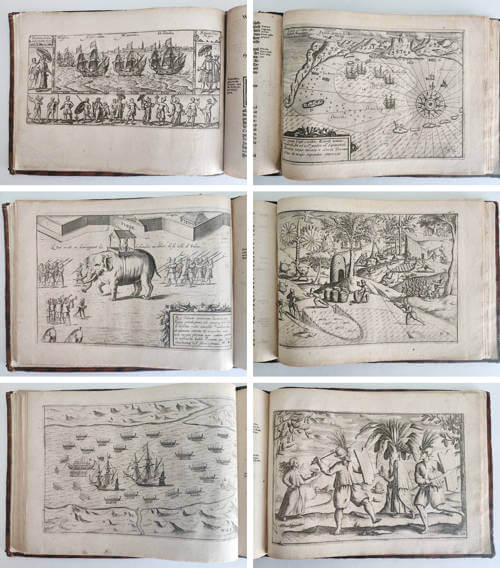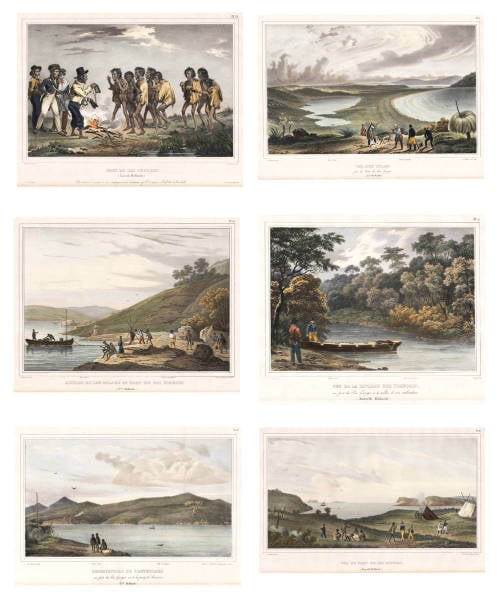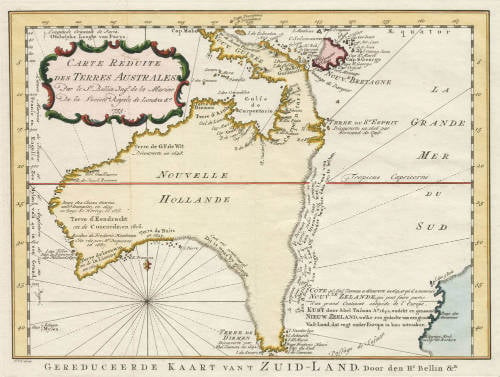Leen Helmink Antique Maps
Early oil of Double Bay
Stock number: 19707
Zoom ImageCartographer(s)
George Edwards Peacock (biography)
Title
Double Bay Sydney
First Published
Sydney, 1845
Size
18.5 x 24.7 cms
Technique
Condition
excellent
Price
$ 27,500.00
(Convert price to other currencies)
Description
Early oil painting of Double Bay, Sydney, 1845 (but from a sketch he must have made before 1841).
View from above Double Bay with Middle Head and North Head in the distance.
Signed, inscribed and dated on a slip of paper attached to the reverse:
View from above Double Bay
(Native name
Middle Head & North Head
in the distance
GEPeacock 1845
The oil is made from the same perspective as a smaller Peacock oil dated 1847 that the State Library of New South Wales managed to acquire in 2002 (ML 247) with the generous support of the State Library of New South Wales Foundation, 2001-2002.
That Peacock painting oil painting shows Carthona mansion at the left, the historic house on the water's edge of Darling Point that Sir Thomas Mitchell built in 1841, whereas the Peacock oil here with the same perspective does not show Carthona, which means Peacock has painted it after a sketch that he must have made before 1841.
Before oil paint tubes were invented in the 1840s, artists typically relied on sketches to create oil paintings of outdoor scenes. They would make detailed drawings or watercolor studies on-site to capture landscapes, light, and composition, then use these as references in the studio to produce the final oil painting. Pigments were mixed with oil and stored in bladders or jars, which were less portable, making direct outdoor oil painting impractical. This sketch-based approach was standard for artists like George Peacock.
Rarity
All Peacock oil paintings are unique and hard to find.
Condition description
The painting's varnish has ambered casting a warm tone over the vibrant colors underneath.
George Edwards Peacock (1806 – c. 1890)
George Edwards Peacock (1806 – c. 1890) was an English-born Australian landscape painter whose life journey—from solicitor to convict to artist—mirrored the complexities of early settlement in Australia. His detailed depictions of Sydney Harbour and its surroundings remain valuable records of the city's mid-19th-century landscape.
Early Life and Conviction
Born on 4 September 1806 in Sedbergh, Yorkshire, George Edwards Peacock was the younger son of Reverend Daniel Mitford Peacock and Catherine Edwards. Educated at Sedbergh School, he was admitted as a solicitor in 1830. However, financial difficulties led him to forge a power of attorney in 1836, transferring stock valued at £7,814 belonging to his brother. Convicted of forgery at London's Old Bailey, he was sentenced to death, a punishment later commuted to transportation for life. Peacock arrived in Sydney aboard the Prince George on 8 May 1837.
Life in Australia and Artistic Development
Initially assigned as a clerk at the prison barracks in Port Macquarie, Peacock's wife and son joined him three months after his arrival. By 1839, the family had relocated to Sydney. Peacock trained under government astronomer James Dunlop and, by 1840, was employed as a meteorologist at the South Head Weather Station. Living alone in a nearby cottage after his marriage ended, Peacock began painting the surrounding landscapes, drawing inspiration from his meteorological observations and the scenic views of Sydney Harbour.
His artworks, primarily small oil paintings, often depicted views from various points along the South Head Road. While his style and subject matter bore resemblance to those of contemporary artist Conrad Martens, Peacock's works were distinguished by their bright colors and meticulous attention to detail.
Artistic Recognition and Legacy
Granted a conditional pardon in December 1845, Peacock remained in Sydney, continuing his artistic pursuits. He exhibited with the Society for the Promotion of the Fine Arts in Australia in 1847 and 1849. Critics praised his "correctness and attention to details," though some noted his use of color as overly warm. Notable works include Sydney from Woolloomooloo (1849) and View of Old Government House – Sydney (1845).
After the closure of the South Head Weather Station in 1856, records of Peacock's activities become scarce. An 1857 article in the Sydney Morning Herald suggested he had "bolted from the colony," and his subsequent fate remains unknown.
George Edwards Peacock's journey from convicted forger to respected artist underscores the transformative possibilities within colonial Australia. His paintings offer not only aesthetic value but also serve as historical documents, capturing the evolving landscape of 19th-century Sydney.
(Wikipedia)
Related Categories
Related Items
